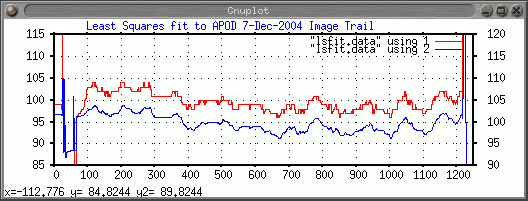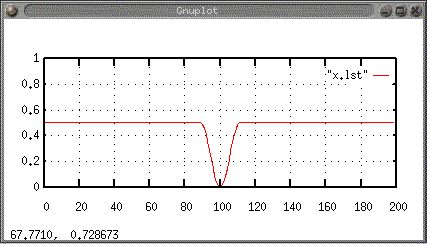That is a better alternative than some I've seen, (and the only time it has been suggested in this thread), but there are some details that suggest that isn't it.M. John Lalonde wrote: My suggestions is that it is simply a reflection from the camera's flash on a rain drop. The reflection has nothing to do with the lamp post.
... The shape of the reflection suggests a sphere with a distorted halo, similar to our perception of rain in front a cars headlights.
The dark streak could be a shadow caused by the raindrop blocking light from the camera. Keep in mind that the dark streak can be as short as a few inches and does not have to be travelling across our field of view , i.e. from top left to bottom right or vice-versa. The shadow could be radiating from the reflection, either towards the viewer, or away from the viewer at any angle.
1. The shadow has some slight bends in it that a falling raindrop should not have.
2. What would be the explanation of the "wings" at the point of the flash?
3. The angle of the shadow would require that the raindrop had acquired considerable horizontal velocity from somewhere, and the surface winds don't appear to be anywhere near that high.
It could be one raindrop in isolation, that isn't impossible around thunderstorms, but it would be unusual, and we don't see any rain elsewhere in the near distance. But I don't think the shape of everything in the flash area is right for a raindrop.

